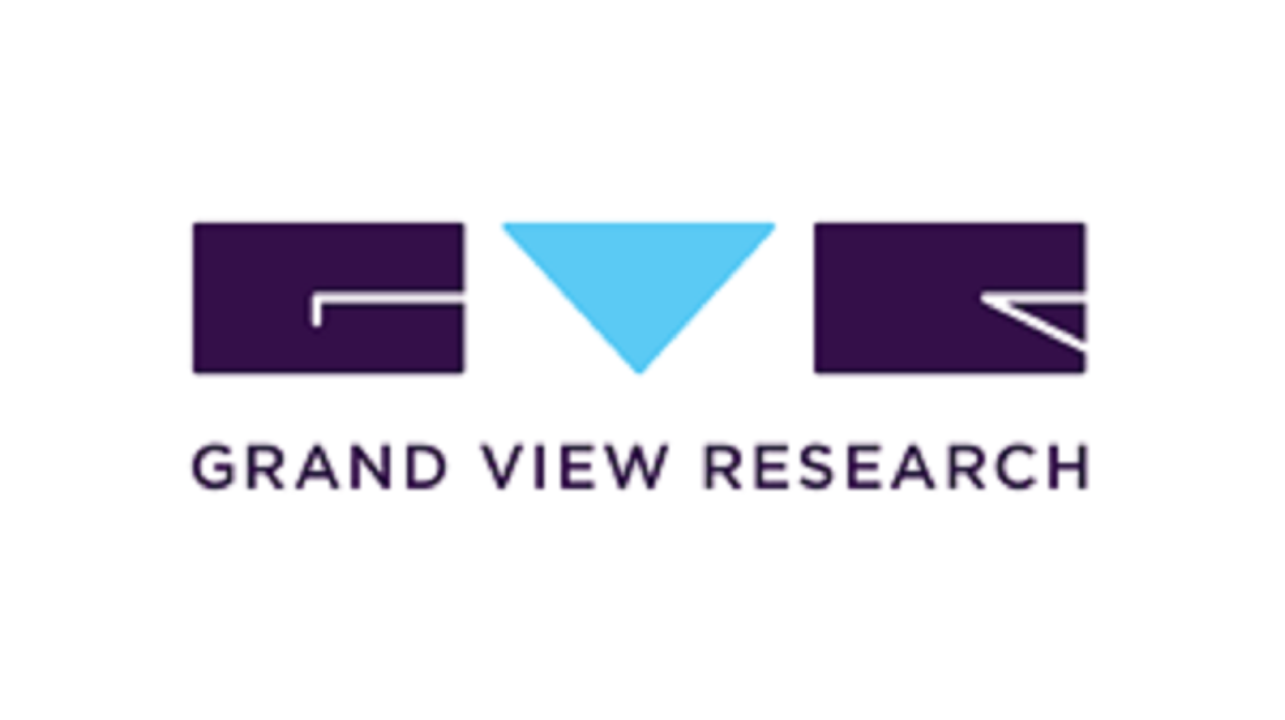Global Dairy Alternatives Market 2025-2030: Size, Share & Growth Trends

The global dairy alternative market size was valued at USD 32.77 billion in 2024 and is expected to reach USD 66.91 billion in 2030, growing at a CAGR of 12.7% from 2025 to 2030. This significant growth is primarily driven by the rising prevalence of milk allergies among consumers, which has increased the demand for plant-based and lactose-free products.
In addition, evolving dietary preferences and the growing adoption of vegan and flexitarian diets are further propelling the market expansion over the forecast period. According to data published by the National Library of Medicine in April 2023, around 65% of the global population is lactose intolerant, highlighting the substantial consumer base seeking dairy alternatives.
The increasing occurrence of lactose intolerance and milk allergies is expected to remain a key factor driving the growth of the dairy alternatives market in the coming years. Lactose intolerance, a genetic disorder, is particularly widespread among Southeast Asian populations. Individuals with this condition often prefer lactose-free, plant-based beverages and foods to maintain adequate calcium and vitamin intake.
Moreover, the rising health consciousness among consumers, coupled with growing disposable incomes in both developed and emerging economies, is anticipated to further accelerate the adoption of dairy alternative products throughout the forecast period.
Key Market Trends & Insights:
• Asia Pacific dominated the dairy alternatives market in 2024, accounting for a significant share of 45.80%. The region’s leadership in the market can be attributed to the increasing consumer awareness regarding health and wellness, the rising adoption of vegan and plant-based diets, and the growing prevalence of lactose intolerance among the population. Furthermore, countries such as China, India, and Japan have witnessed a rapid rise in demand for soy-based and almond-based beverages, driven by changing dietary habits and the expanding middle-class population.
• Based on source, the soy segment held the largest share, accounting for 34.8% of the global dairy alternatives market revenue in 2024. Soy-based dairy alternatives are popular due to their high protein content, affordability, and nutritional profile, which closely resembles that of cow’s milk. Moreover, soy milk has been a traditional part of diets in several Asian countries, further contributing to its widespread consumption and dominance within the segment.
• Based on product, the milk segment emerged as the leading category, capturing 67.6% of the global revenue in 2024. The strong preference for plant-based milk can be attributed to its easy availability, wide range of flavors, and suitability for consumers with lactose intolerance or dairy allergies. Additionally, the increasing inclusion of plant-based milk in cafes, restaurants, and households has further supported the segment’s growth.
• Based on distribution channel, supermarkets and hypermarkets accounted for around 39.3% of the global revenue in 2024. The dominance of this channel is due to the wide product variety, convenience, and attractive promotional offers available in these retail outlets. Supermarkets and hypermarkets also provide consumers with easy access to multiple brands and product types under one roof, making them a preferred choice for purchasing dairy alternative products.
Order a free sample PDF of the Dairy Alternatives Market Intelligence Study, published by Grand View Research.
Market Size & Forecast:
• 2024 Market Size: USD 32.77 Billion
• 2030 Projected Market Size: USD 66.91 Billion
• CAGR (2025-2030): 12.7%
• Asia Pacific: Largest market in 2024
Key Companies & Market Share Insights:
Many brands operating in the global dairy alternatives industry have recognized significant untapped opportunities within their existing product portfolios and are actively working to bridge these market gaps. To capitalize on these opportunities, companies are increasingly focusing on innovation through the development of new and improved product formulations, flavors, and packaging designs that cater to evolving consumer tastes and dietary preferences.
In addition to product innovation, several brands are also implementing targeted marketing and promotional campaigns to strengthen their brand visibility and connect more effectively with health-conscious and environmentally aware consumers. These initiatives aim to highlight the nutritional benefits, sustainability, and versatility of dairy alternative products, thereby enhancing consumer engagement and loyalty. By addressing these unmet market needs, companies are positioning themselves to capture a larger share of the growing dairy alternatives market.
Key Players
• Chobani, LLC
• Danone S.A.
• Hain Celestial
• Daiya Foods
• Eden Foods
• NUTRIOPS, SL
• Earth’s Own
• SunOpta
• Melt Organic
• Oatly AB
• Blue Diamond Growers
• Ripple Foods
• Vitasoy International Holdings Ltd
• Organic Valley
• Living Harvest
Explore Horizon Databook – The world's most expansive market intelligence platform developed by Grand View Research.
Conclusion:
The global dairy-alternatives market is set for strong growth, driven by rising consumer demand for plant-based and lactose-free options, shifting dietary preferences (such as veganism), greater health awareness and higher incomes. Industry players are responding with new product innovations and wider distribution, while emerging regions and online channels offer particularly high potential.
- Art
- Causes
- Crafts
- Dance
- Drinks
- Film
- Fitness
- Food
- Παιχνίδια
- Gardening
- Health
- Κεντρική Σελίδα
- Literature
- Music
- Networking
- άλλο
- Party
- Religion
- Shopping
- Sports
- Theater
- Wellness


